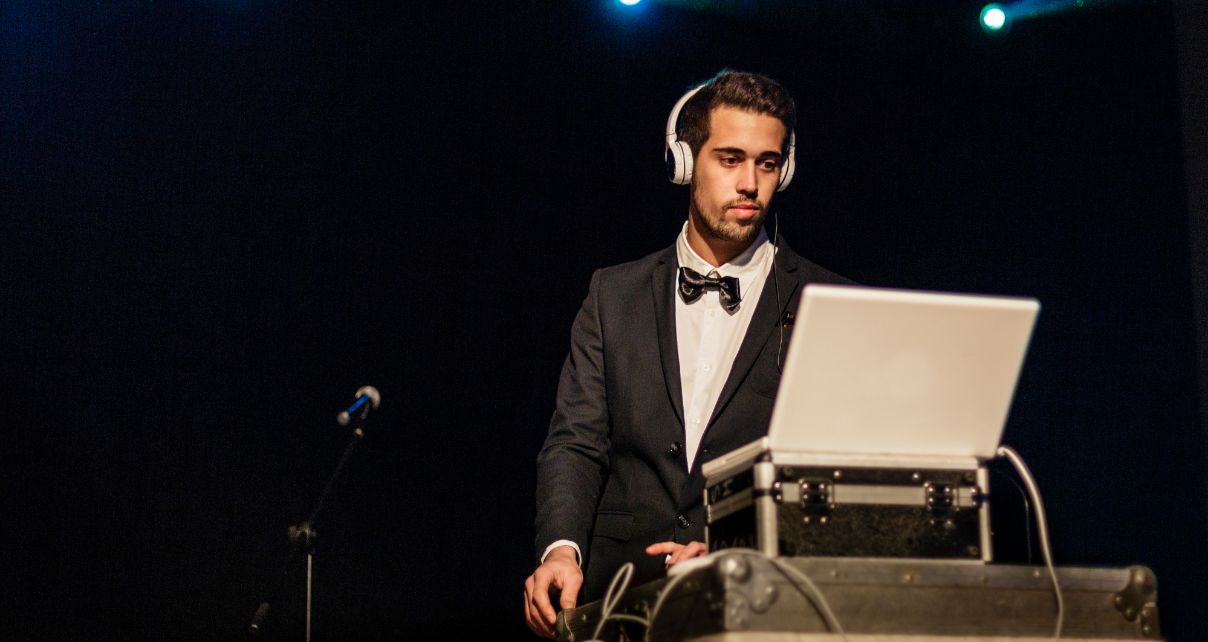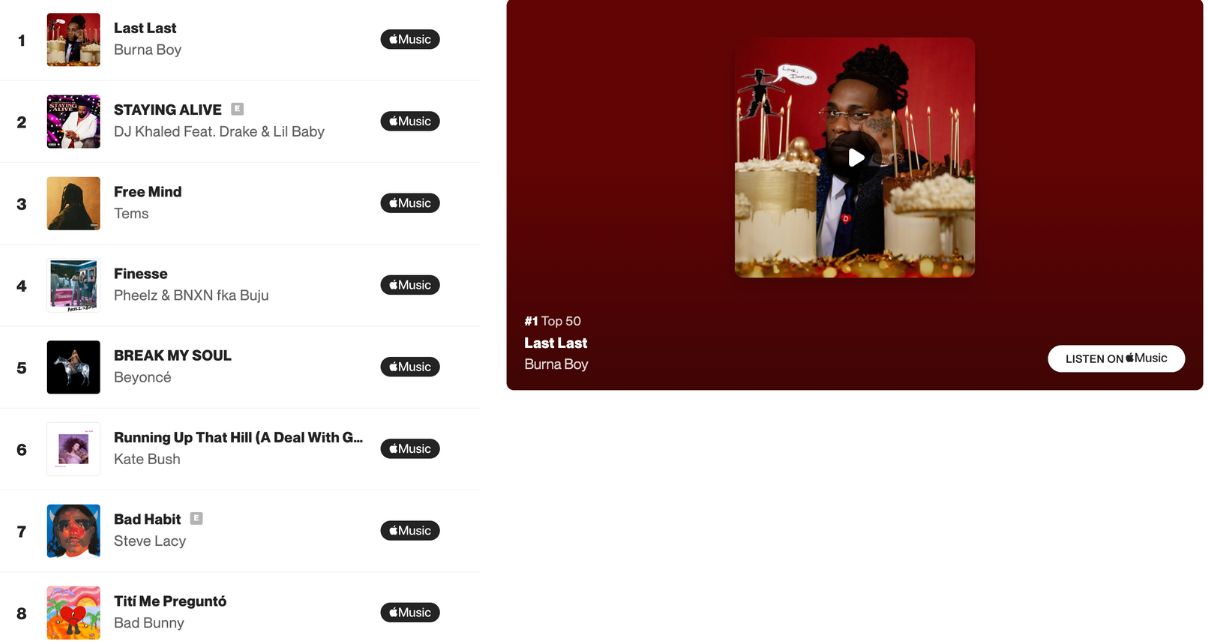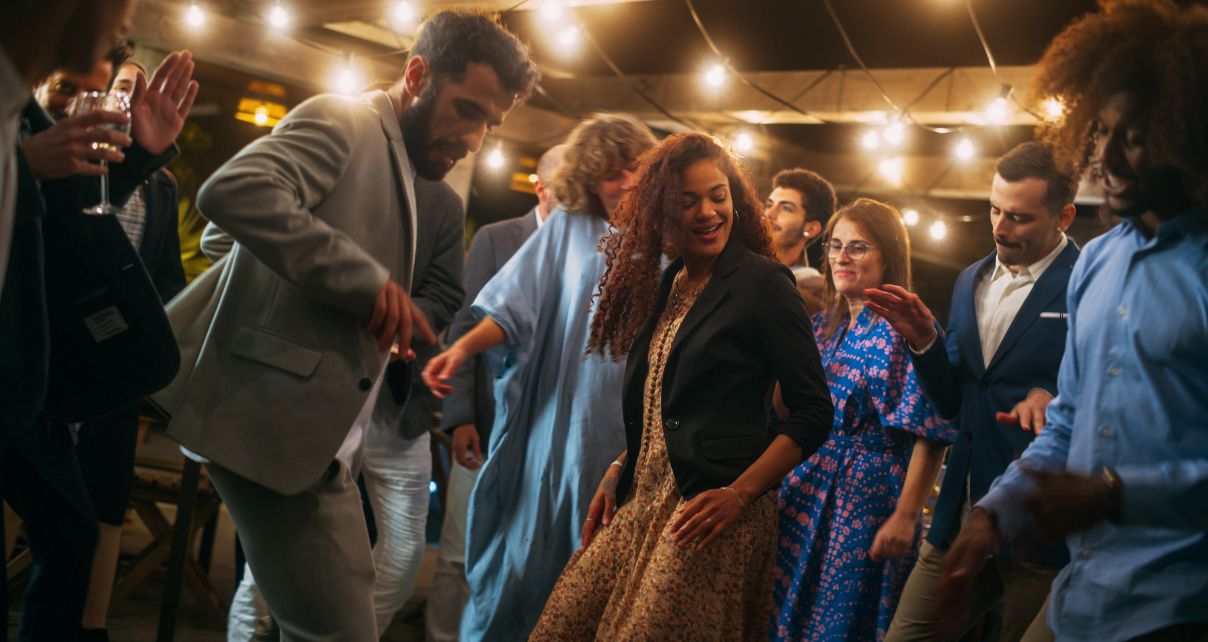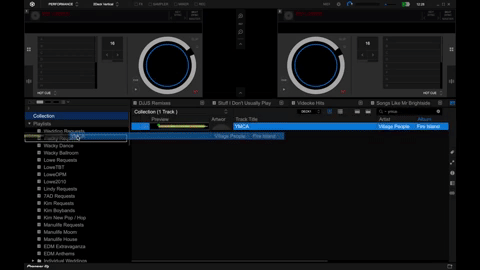We have lots of wedding and mobile DJs in our community here at Digital DJ Tips – indeed, we’ve trained thousands in our DJ courses, such as the popular Mobile DJ Blueprint course.
One thing we hear from time to time, and that popped up again in our Facebook Group a few times recently prompting me to write this article, is DJs wondering whether they’re doing something wrong when they can only get people dancing for the last hour or so at weddings. Here’s an example comment:
“For the last couple of weeks I have been performing to empty dancefloors for several hours at birthdays and weddings, and I only start to get guests dancing for the last hour or so. I know at these gatherings they are a time for people to chat, catch up etc. but it can be quite demoralising.
“Do you guys have any suggestions to getting people on the floor without the need to be drunk, or do I just have to accept that is how it is?”
Some truths about DJing weddings
While all weddings are different, and indeed the whole format definitely varies from the US to, say, the UK and Europe (where extended evening dancing is more normal), they do have certain things in common worldwide: Several generations of people, an extended period together, and crucially, music not being the main reason people are gathered (obvious, but worth underlining).
So first, remember that! You’re only part of the entertainment and the gathering. You’re not the reason they’re there all, so don’t think what you do and whether they’re dancing or not will necessarily make or break the whole event. People want to chat and catch up, and dancing will take a while to occur to them and seem like a good idea, if it does at all – and when it does, this is often aligned with alcohol consumption!

A US-based wedding DJ, Mike Walter, makes a good point about wedding audiences (and to an extent, mobile DJ audiences in general). He says you should think of your audience as containing three types of people: Those who never dance, those who will always dance, and those in the middle. If you have none of the third type, your work will be harder – Just how it is.
So do bear all of this in mind as we look at ways you can, nevertheless, try to get people to dance earlier, for longer, and generally, more.
How To Get People Dancing Earlier At Weddings
Things you can do to prepare
There are things you can and should be doing before you get there, and even when you do get there, before it’s time to play, that will help. Here are some ideas:
- Keep up with the music that’s working at weddings in your area – Mobile DJ Top 200 sourced online, Spotify city playlists, trends reported by local DJ associations, just watching other DJs playing… all will help you to keep up with trends and be sure you’re not missing the mark with what’s currently working, giving you more confidence when it’s all taking a bit longer than you thought, that it isn’t “you”

- Have a proper preparatory session with the couple – Use this to figure out what music they want, don’t want, is important to them, is important to their friends, etc. This will help you to know that whether people dance or not, at least the couple will be enjoying the music!
- “Design” yourself into the event – When setting up, if appropriate, try to be set up with the people, not apart from them. Why? Because getting them to wander into a room where dancing is expected to take place is much harder than if it is all happening in the same place. You could also try to get speakers outside, so smokers/chatters on terraces can hear what they’re missing!
Run a successful part-time DJ business: The Mobile DJ Blueprint Course
Things you can do when DJing
So if the above are a few basics you can do before you’ve hit “play” on your first tune, what are the key things to do once you have?
- DJ as much of the event as you can, including if music is required through bard etc – This gives you a chance to watch carefully how people react to your music. Keep it lower energy and lower volume, but play tracks people know, and play a bit of everything. Look out for nods to you, smiles at you, tapping feet, sudden excited conversations about the music as you mix new tracks in… these are your signs that those are the artists or genres that’ll get people dancing later
- Early on, walk around the guests and mingle – Ask them what track or tracks they’re really looking forward to dancing to later, and generally get to know the crowd. Some DJs like to put pads and paper on tables asking for music requests for later, and its OK to play a pre-recorded set of background music to allow you to do these things
- Keep “testing” with party starter tracks – Have a folder of “party starters” and when you think the crowd may be ready, up the volume a bit and play one. If it works, great – if not, dial back for another 15-20 minutes and try again with another one

- Vary the music to keep the dancefloor busy once things have started – As weddings contain wide ranges of ages and types of people, it is usually a good idea to play small mini-sets of say 15 minutes per genre, then switch to another, then another, on rotation, to give everyone a “chance” to dance. This will help you to keep the floor busy all night from there on in
- Remember that patience really is key – If you get 45 minutes to an hour of dancing, sometimes that’s all you would ever have got. The worst thing you can do is up the volume and play all your bangers, getting more and more frustrated. Do it slowly, always smile, always look like you are having fun… because really, you should be, whether they’re dancing yet or not…
Finally…
I hope the message has come across throughout this piece: Don’t judge yourself at weddings on whether you have a constantly full dancefloor. Learn to spot the difference between you not hitting the mark musically, and people just not wanting to dance right now. Generally, if you aren’t overwhelmed with angry requests, you’re doing OK! Judge yourself by what the couple and the audience say to you after the event (which will normally be complementary, and make you wonder what you were worried about).
Just one more closing tip, something less experienced DJs sometimes trip up on. When you feel people should be dancing more than they are, you may decide the solution is to lean too much on requests. This can be a mistake.
Read this next: How To Handle Requests When DJing
Never forget to put requests through your “DJ’s filter”. This is you applying what you’ve learned from previous gigs to the suggestions you get. Many people struggle to convey the music they want, and just trust you to get it right.

Equally, some people will request music they like, not intending to dance to it and not caring if it will clear the dancefloor. It’s your job to spot this and “intercept” these requests, rather than playing them blindly.
In short: Don’t put your own experience to one side when instinct is telling you what is right, even if it differs from what you’re being asked for or told.




